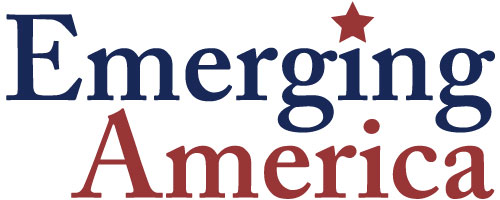Disability History Primary Source Set
Disability History: From Almshouses to Civil Rights
UPDATED IN 2020. The following primary source set, created using materials from the Library of Congress, contains an array of sources focused on Disability History in the United States. Disability has been interwoven into America’s history since the country’s inception through letters, images, newspapers, diaries and other primary sources. The set provides a comprehensive look into a wide range of Library of Congress resources.
